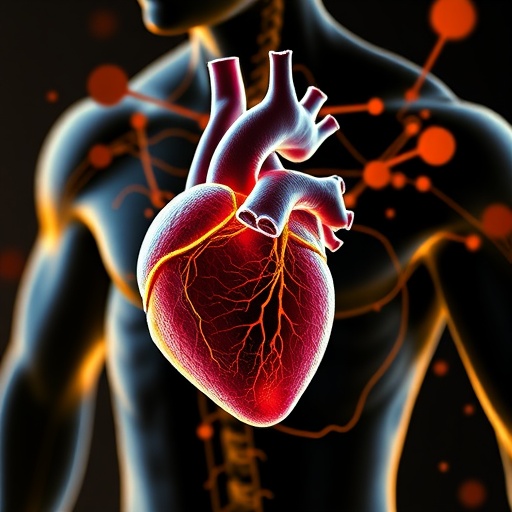Successful implementation depends on nurses who champion the cause
Selective tinkering with the medical center’s electronic health records (EHR) system, plus a 20-minute presentation to doctors and nurses on the consequences of in-hospital sleep deprivation, was able to change the behavior of caregivers in ways that allowed more patients to sleep undisturbed through the night.
Although patients may spend much of their time sitting in a chair or recovering in bed, hospitalization is seldom restful. Nighttime awakenings for various tests can disrupt sleep. This can cause grogginess, delirium and falls. To ameliorate this problem, researchers at the University of Chicago Medicine designed a study known as SIESTA (Sleep for Inpatients: Empowering Staff To Act).
SIESTA uses “nudges” through the patients’ EHRs, urging doctors and nurses to avoid disruptions that are only minimally valuable, such as awakening patients overnight to measure their vital signs or to administer non-urgent medications.
“Efforts to improve patients’ sleep are not new, but they do not often stick because they rely on staff to remember to implement the changes,” said the study’s lead author Vineet Arora, MD, professor of medicine at the University of Chicago and an authority on optimizing patient care in teaching hospitals, including disrupted sleep.
In the January 2019 issue of the Journal of Hospital Medicine, Arora and colleagues describe their experiment, designed to measure the effects of SIESTA. They interviewed patients about barriers to sleep, integrated SIESTA’s sleep-friendly nudges into the EHR, and taught physicians and nurses how to use the sleep-friendly tools in the computer system. These efforts helped prevent needless disruptions.
The study focused on two 18-bed general medicine units and lasted one year. From March 2015 to March 2016, 1,083 general medicine patients were admitted either to the SIESTA-enhanced unit or to a nearby standard hospital unit. While physicians who were trained in use of the nighttime orders rotated in both units, nurses in the SIESTA-enhanced unit received additional coaching to advocate for patients with physicians in that unit. While sleep-friendly orders increased in both units, the SIESTA-enhanced unit saw the most significant changes.
In the SIESTA unit, decisions to forego nighttime vital signs every four hours increased dramatically, rising from 4 percent to 34 percent. Sleep-friendly timing of nighttime medications such as anticoagulants to prevent blood clots rose from 15 percent to 42 percent. Nighttime room entries decreased by 44 percent.
Patients experienced six fewer room entries during sleeping hours. Patients noted four times fewer disruptions due to medications and three times fewer disruptions due to routine vital signs. The unit also saw an increase in the nationally used quiet-at-night patient experience measure.
The authors conclude that physician and nursing education, coupled with changes to the EHR, led to a significant reduction of orders for overnight vital signs. It also led to more appropriate administration of nighttime medications in both the SIESTA and the standard unit.
They add, however, that the virtues of a sleep-friendly environment “depend on the unit-based nurses championing the cause.” The initial emphasis on limiting nighttime room entries, for example, eventually faded, but sustained improvements were seen after nurses added SIESTA to their nursing unit huddles.
“This illustrates the importance of engaging both nurses and physicians to create sleep-friendly environments in hospitals,” Arora said.
###
This study was funded by the National Institute on Aging and the National Heart, Lung and Blood Institute. Additional authors were Nolan Machado, Samantha Anderson, Nimit Desai, William Marsack, Stephanie Blossomgame, Ambrosio Tuvilleja, Jaqueline Ramos, Mary Ann Francisco, Andres Valencia, Shannon Martin, Cynthia LaFond, David Meltzer, Jeanne Farnan and Babak Mokhlesi from the University of Chicago; Jay Balachandran from Columbia-St Mary’s in MeQuon, Wisconsin; Kristen Knutson from Northwestern University; and Edward Leung from Children’s Hospital, Los Angeles.
Media Contact
John Easton
[email protected]
773-795-5225
http://dx.




